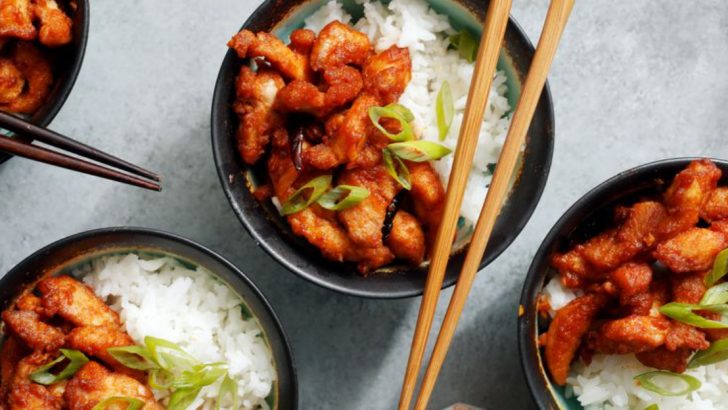Chinese cuisine is beloved worldwide for its bold flavors and diverse cooking techniques. But not every dish deserves the hype it gets! Some traditional favorites might be disappointing your taste buds without you even realizing it.
Ready for some food truth?
Here’s our take on which Chinese dishes are more reputation than substance—and which ones you might want to cross off your order list completely.
1. General Tso’s Chicken: America’s Sweet Deception
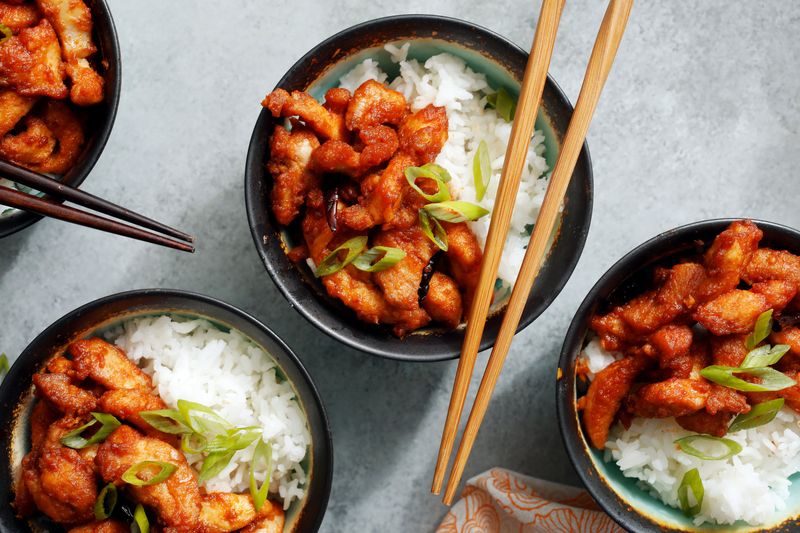
Created for American palates, this sticky-sweet chicken barely resembles authentic Chinese cooking. The gloppy sauce masks what’s essentially deep-fried chicken chunks swimming in sugar.
Most restaurants use low-quality meat covered in batter, making it more about the coating than the chicken itself. Your taste buds deserve better!
2. Crab Rangoon: Barely Any Crab In Sight
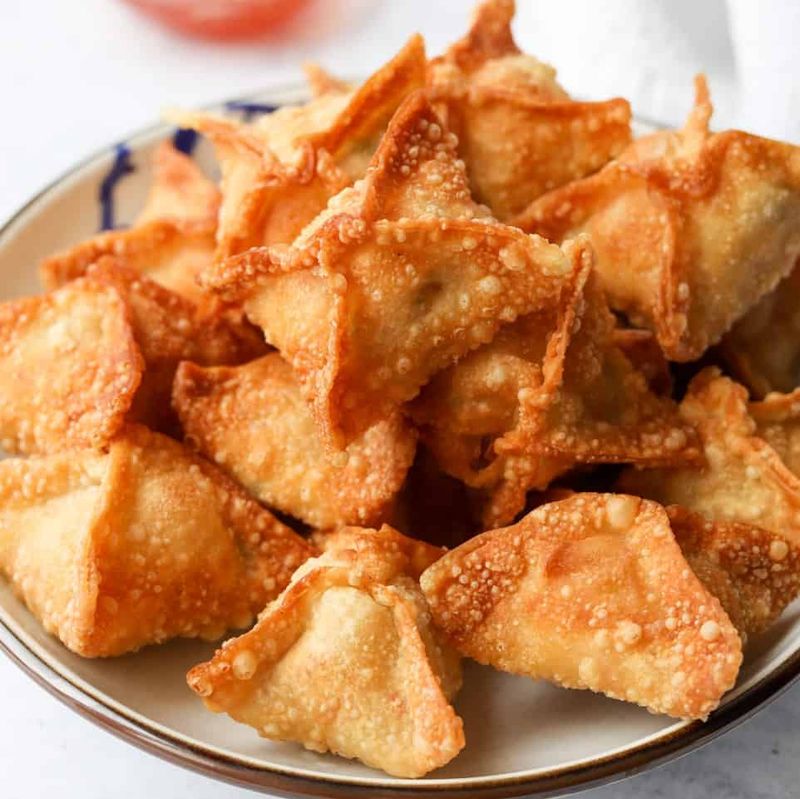
Those crispy little wontons you’re devouring? Mostly cream cheese with maybe a hint of imitation crab meat if you’re lucky. The seafood flavor is practically non-existent.
A purely American invention, real Chinese people would be confused by these deep-fried cheese pockets. They’re essentially junk food masquerading as exotic cuisine!
3. Fortune Cookies: Not Even Chinese!

Surprise! These predictable desserts were invented in California, not China. You won’t find them anywhere in authentic Chinese restaurants in Asia.
Beyond their questionable origin, they’re basically flavorless wafers with vague “fortunes” inside. The novelty wears off after your first one, leaving nothing but bland, stale disappointment.
4. Sweet And Sour Pork: Sugar Bomb Alert
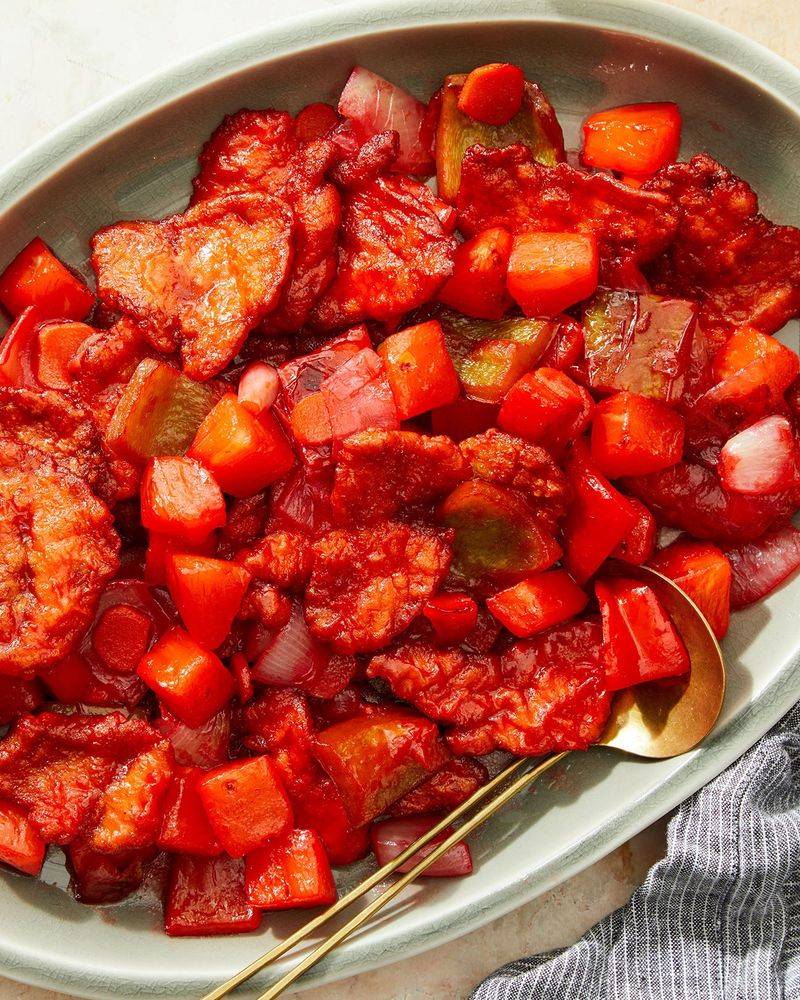
That neon-red sauce should be your first warning sign. Authentic Chinese sweet and sour balances five flavors perfectly—this Americanized version is just sugar with food coloring.
The pork pieces are often 80% batter, 20% actual meat. You’re essentially eating candy-coated fried dough with a hint of pork somewhere inside.
5. Orange Chicken: Citrus Imposter
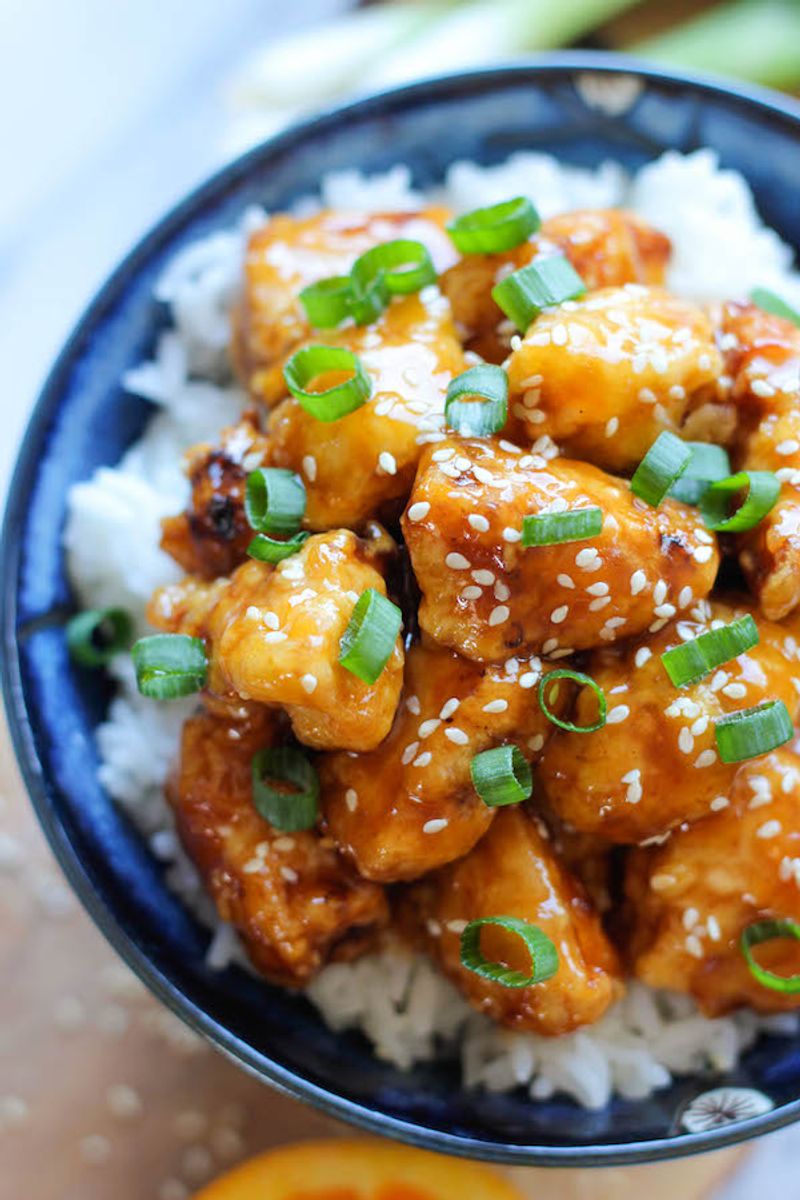
Another American-Chinese creation that bears little resemblance to authentic cuisine. Real Chinese orange dishes use fresh citrus and subtle flavors—not the overwhelming sugar-bomb most restaurants serve.
Behind that tangy coating lies mediocre chicken drowning in corn syrup. The orange flavor usually comes from artificial additives rather than actual fruit.
6. Egg Rolls: The Cabbage Tube Disappointment

Giant, greasy cylinders filled mostly with shredded cabbage and minimal meat—American egg rolls are a far cry from delicate Chinese spring rolls. The wrapper-to-filling ratio is completely off-balance.
Most restaurant versions taste identical regardless of what’s supposedly inside. They’re basically oil delivery vehicles that leave your fingers greasy and your stomach questioning your choices.
7. Chop Suey: The Original Leftover Stir-Fry
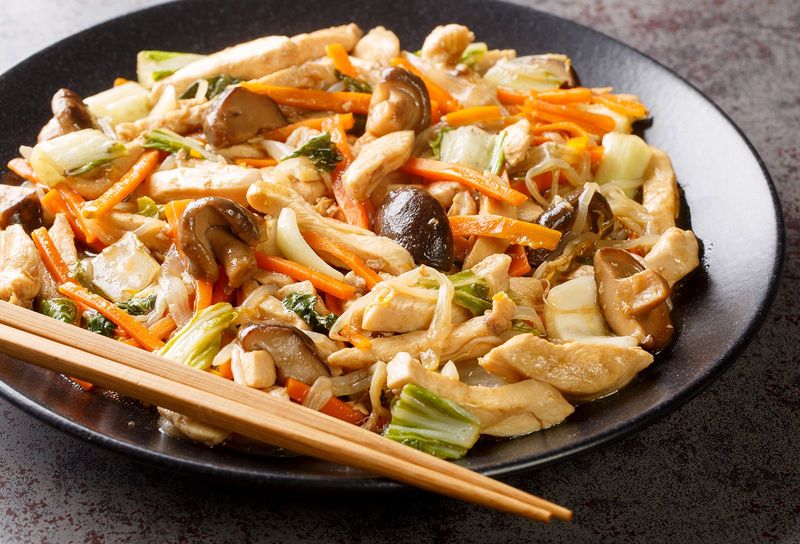
Legend claims this dish was created from kitchen scraps to feed hungry gold miners. That origin story tells you everything—it’s literally designed to use up leftovers!
Without a distinct flavor profile, chop suey is just a bland jumble of vegetables and meat bits in brown sauce. Even its name roughly translates to “assorted pieces” in Cantonese.
8. Beef With Broccoli: Westernized Simplicity

Chinese broccoli (gai lan) bears little resemblance to the Western broccoli florets in this Americanized dish. The sauce is typically one-dimensional—just soy sauce, sugar, and cornstarch.
Restaurant versions often feature tough, overcooked beef slices that require serious chewing effort. What should be a simple pleasure becomes a tedious eating experience.
9. Fried Rice: The Disappointing Filler

Often made with day-old rice and whatever vegetables are about to expire, restaurant fried rice is frequently bland and greasy. The tiny specks of egg and meat are more for show than flavor.
Many places use it as a cheap filler rather than a star dish. Skip the boring side and order something that showcases real Chinese cooking techniques instead!
10. Lo Mein: Soggy Noodle Syndrome

Restaurant lo mein often arrives as a sad, oily tangle of overcooked noodles. The vegetables are typically limp, and the sauce coats everything in a uniform brown blandness.
Authentic Chinese noodle dishes celebrate texture and distinct flavors. This Americanized version is usually just a mountain of soft noodles drowning in salty sauce—nothing special at all.
11. Wonton Soup: Wrapper Wasteland
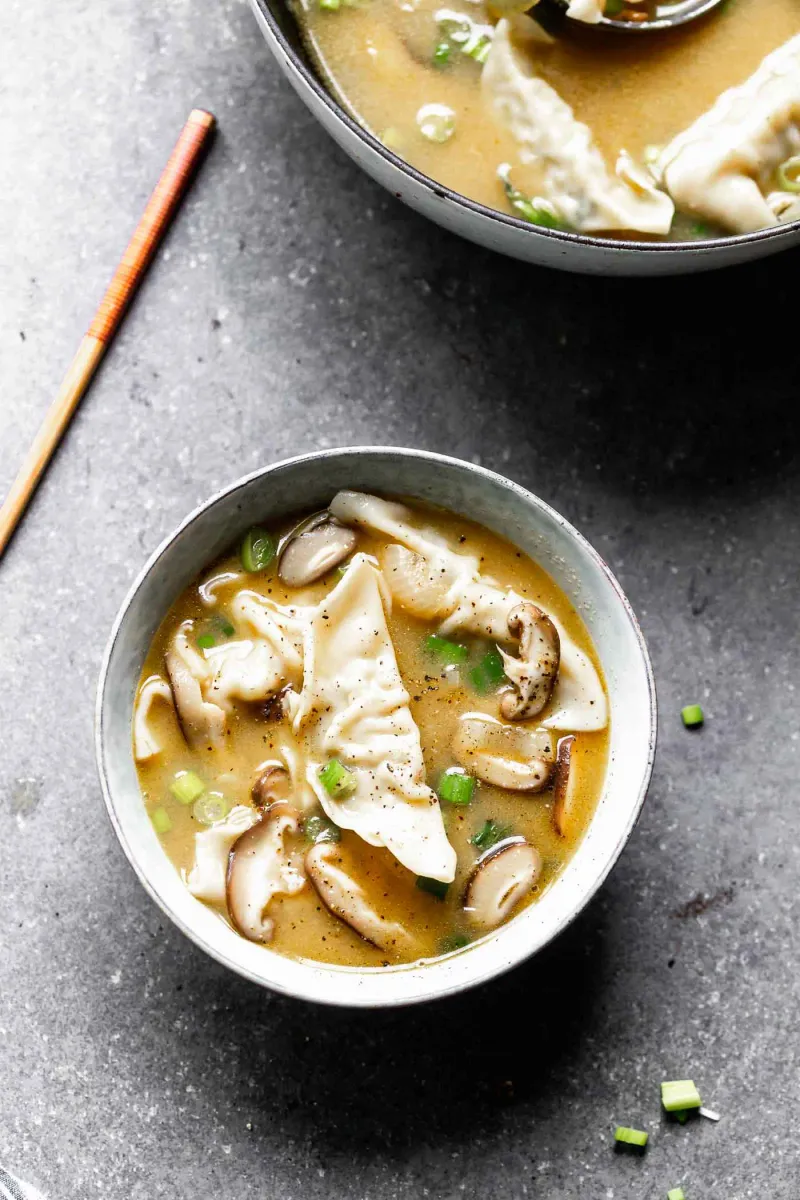
The average restaurant wonton soup features mostly wrapper with barely any filling. Those tiny meat specks inside the dumplings leave you wondering where the actual filling went.
The broth often lacks depth, tasting like little more than salted water with green onions floating on top. A truly good wonton soup is rare—most are just sad, floating dough pockets.
12. Cashew Chicken: Nut-To-Meat Imbalance
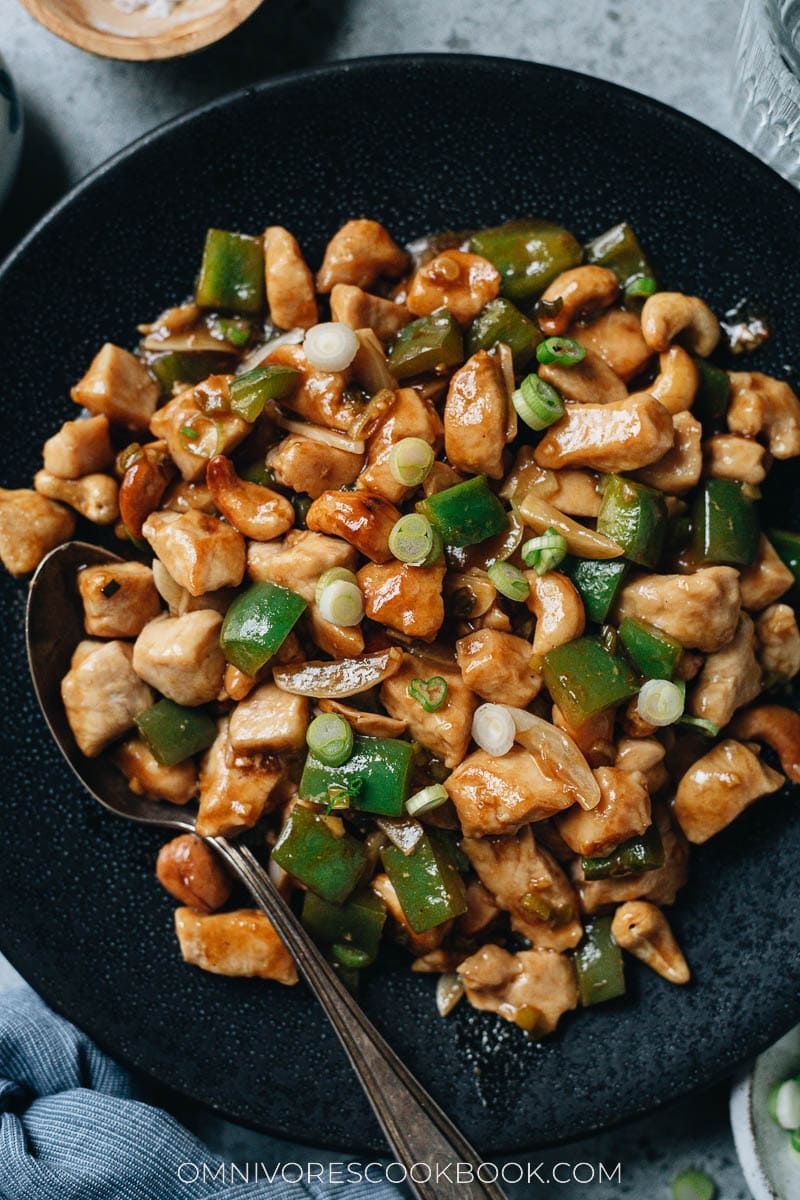
Expecting a flavorful chicken dish? Prepare for disappointment when you receive mostly celery and carrots with a few chicken pieces and cashews scattered about.
Restaurants often skimp on the two namesake ingredients—the expensive parts. The sauce tends to be one-note and forgettable, making this dish a master of mediocrity.
13. Egg Foo Young: The Forgotten Pancake
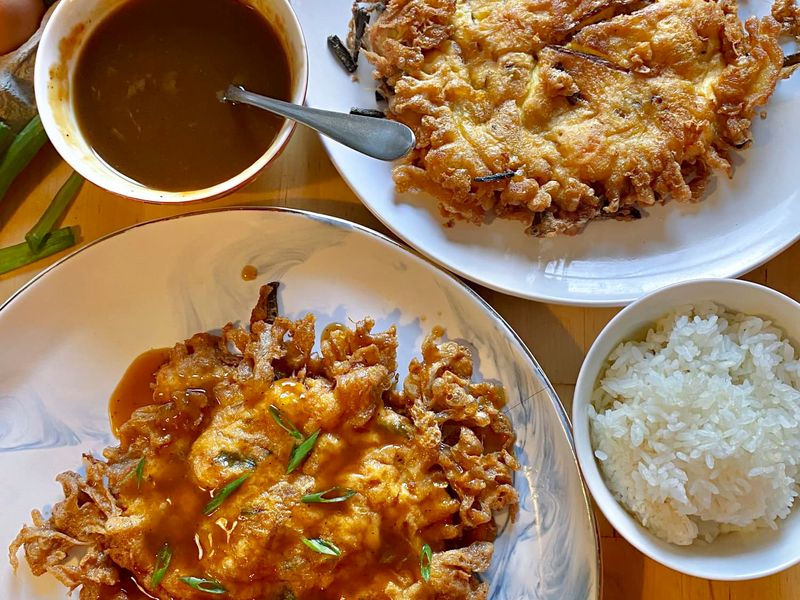
This dish resembles a sad, greasy omelet drowning in brown gravy more than anything authentically Chinese. The vegetable-egg patties often become oil sponges during cooking.
Once popular in Chinese-American restaurants, even they seem embarrassed by it now. The gravy typically tastes like it came straight from a powder mix—because it probably did.
14. Paper-Wrapped Chicken: All Packaging, No Flavor
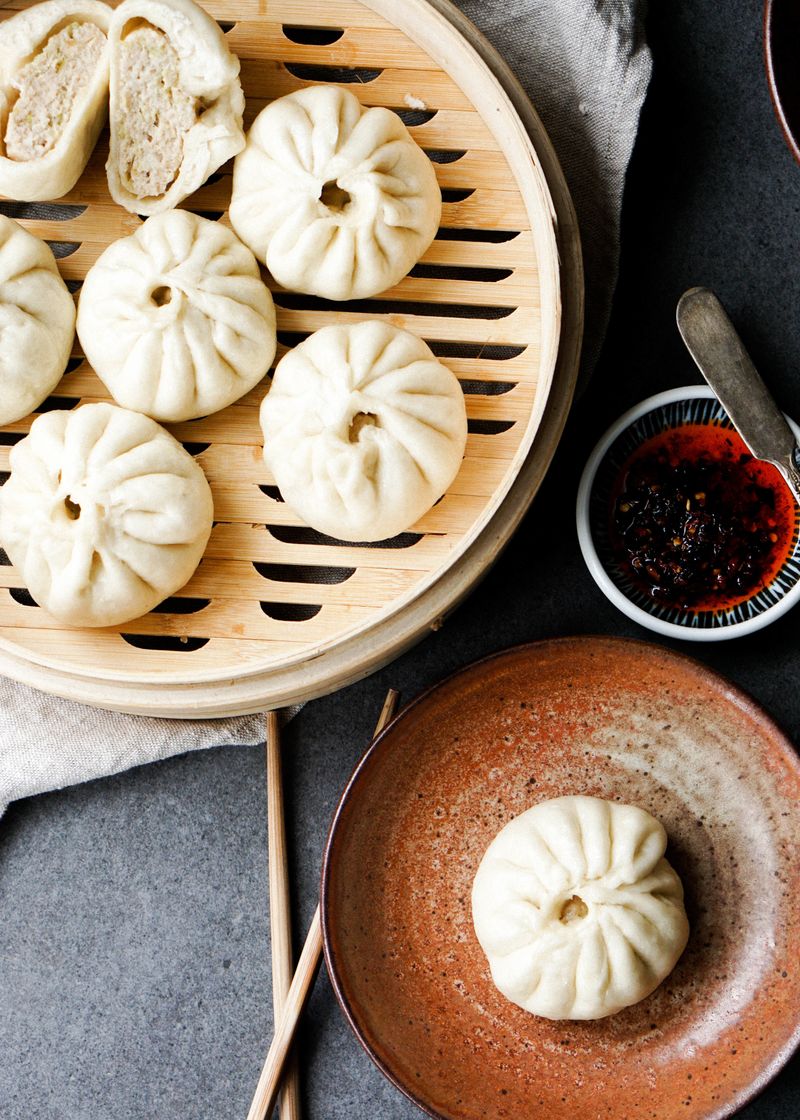
The novelty of unwrapping these little paper packages quickly fades when you taste the often dry, underseasoned chicken inside. The paper method should lock in moisture, but many restaurants overcook it anyway.
The marinade is typically so subtle it’s practically nonexistent. You’re left wondering if the paper wrapping is just hiding mediocre chicken.
15. Moo Shu Pork: Pancake Wrapping Confusion

The DIY wrapping process often leaves diners with sauce-soaked hands and broken pancakes. The filling is typically an indistinguishable mix of shredded ingredients with no standout flavors.
Despite being labor-intensive to prepare and eat, the payoff rarely justifies the effort. Most versions taste like generic stir-fry stuffed into a bland pancake.
16. SKIP: Shark Fin Soup – Cruel And Pointless
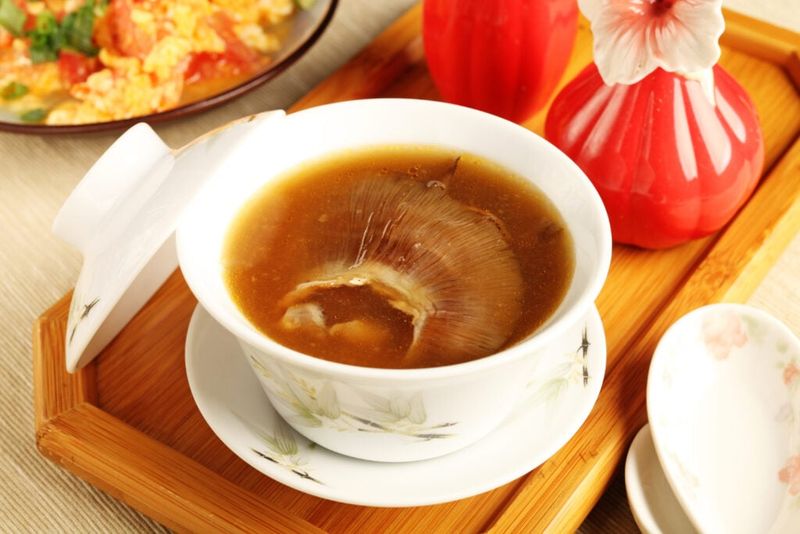
Beyond the ethical horror of shark finning (cutting fins and discarding living sharks), this soup has virtually no taste on its own. The fins are cartilage with no flavor—the taste comes entirely from the broth.
Expensive only because of status, not quality. Choose ethical alternatives like fish maw soup that deliver similar texture without the environmental devastation.
17. SKIP: Stinky Tofu – Overwhelming Odor Experience
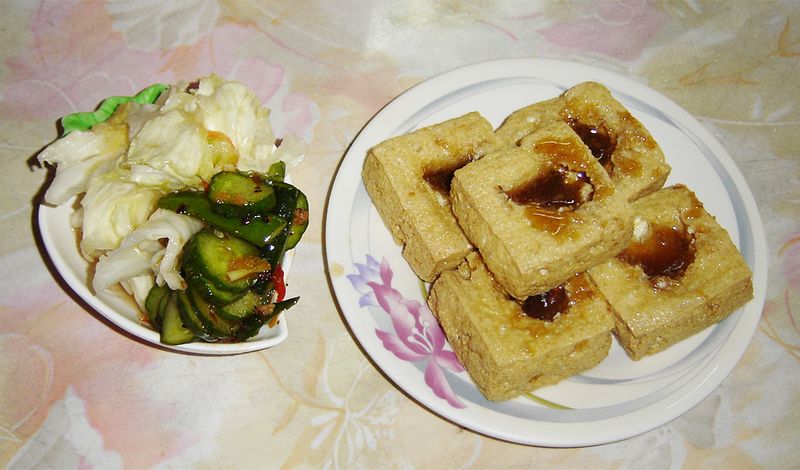
Imagine the strongest blue cheese multiplied by sewage smells—that’s stinky tofu. The fermentation process creates an odor so powerful it can clear rooms and follow you home in your clothes.
Even fans admit the smell is a serious hurdle. For most Western palates, this intensely fermented dish crosses the line from acquired taste to genuine ordeal.
18. SKIP: Chicken Feet – Mostly Skin And Bones
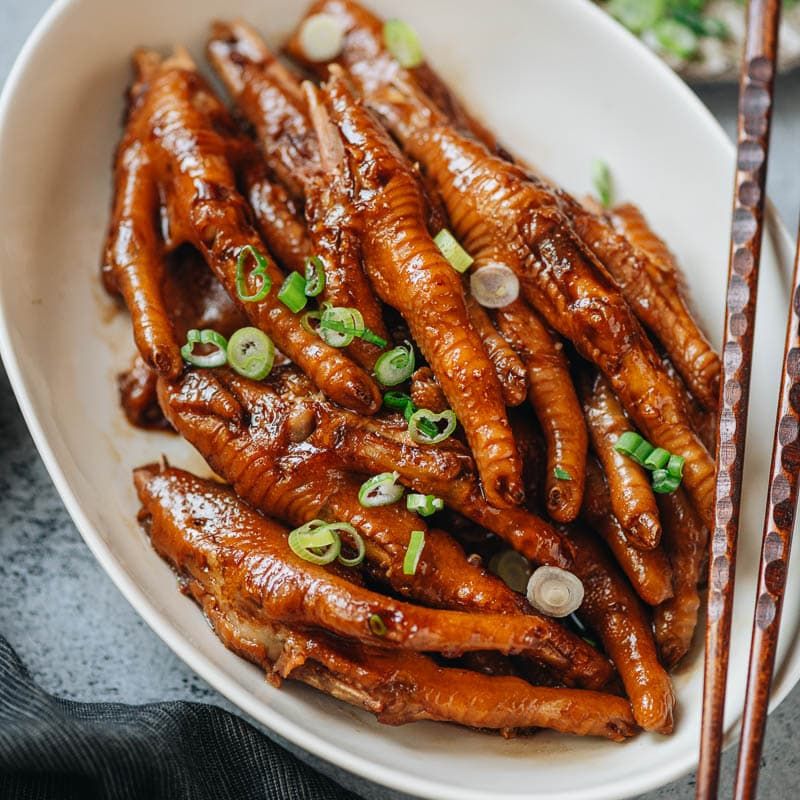
The texture—gelatinous skin wrapped around tiny bones—is the main issue for most diners. Eating requires spitting out numerous small bones, making the experience more work than reward.
Despite various flavorful preparations, the actual edible portion is minimal. You’ll spend more time navigating tiny bones than enjoying any meat (because there isn’t any)!
19. SKIP: Thousand-Year Eggs – Preserved Beyond Recognition

These eggs aren’t actually 1,000 years old, but their appearance—dark green-black yolks and translucent brown whites—makes them look ancient and unappetizing. The ammonia smell can be overwhelming to the uninitiated.
The preservation process creates a strong, acquired taste that even adventurous eaters often struggle with. The creamy, pungent yolk texture is particularly challenging.
20. SKIP: Durian Pastries – The Controversial Fruit Dessert
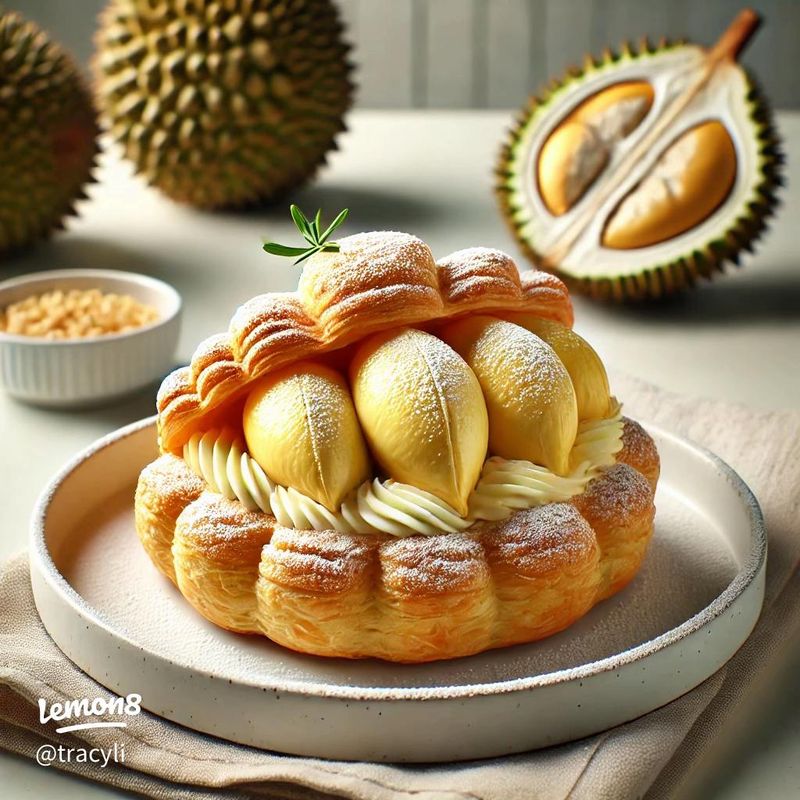
While technically Southeast Asian, these have become popular in Chinese bakeries. The fruit inside smells like a combination of rotting onions and gym socks—so potent it’s banned in many hotels and public transport.
The custard-like texture combined with the overwhelming aroma creates a sensory experience that many find traumatic rather than tasty. Some things are better left untried!

